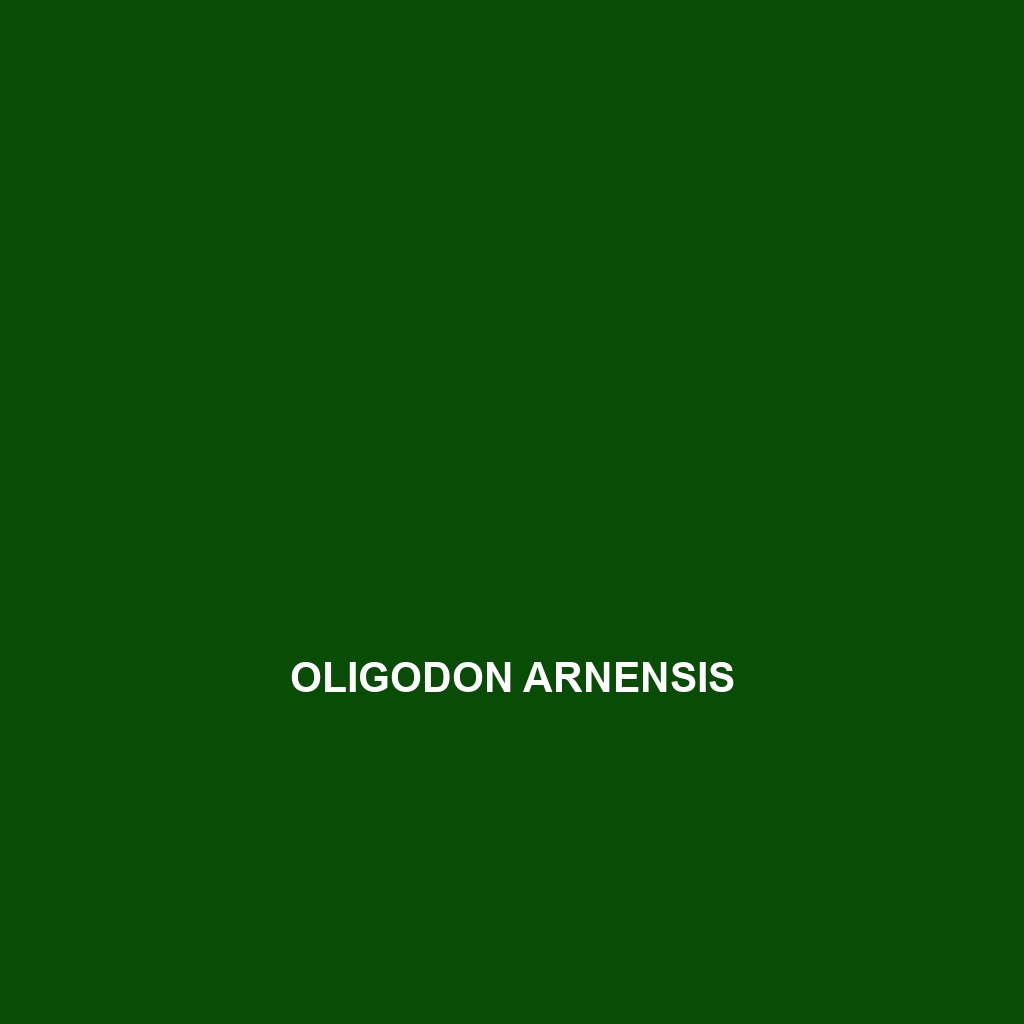<p><b>Psammophis zambiensis</b>, or the Zambian sand snake, is a slender, agile reptile native to southern Africa, thriving in warm, sandy habitats. This carnivorous snake, reaching up to 1.2 meters (4 feet) in length, preys on small vertebrates and insects, playing a vital role in its ecosystem.</p>
Tag: small vertebrate predators
Psammophis zambiensis
<p><b>Psammophis zambiensis</b>, or the Zambian sand snake, is a slender, agile reptile native to southern Africa, thriving in warm, sandy habitats. This carnivorous snake, reaching up to 1.2 meters (4 feet) in length, preys on small vertebrates and insects, playing a vital role in its ecosystem.</p>
Pareas xuelinensis
<b>Pareas xuelinensis</b>, also known as the Xuelin snake, is a medium-sized, nocturnal predator from the subtropical rainforests of southern China, known for its striking olive green or brown coloration that provides excellent camouflage. This vulnerable species thrives in high-humidity habitats and primarily feeds on small vertebrates while playing a crucial role in maintaining ecological balance.
Oligodon arnensis
<p><b>Oligodon arnensis</b>, a medium-sized snake found in the lush rainforests of Southeast Asia, features a robust body with distinctive dark brown or gray coloration adorned with light bands, making it an adept nocturnal predator of small vertebrates. This species plays a vital role in its ecosystem by regulating prey populations, showcasing remarkable adaptability to diverse habitats.</p>
Micrurus bonita
Discover the Micrurus bonita, a striking small to medium-sized snake native to the rainforests of Central and South America, known for its vibrant bands of red, black, and yellow. As a diurnal predator, it plays a vital role in its ecosystem by controlling small vertebrate populations while showcasing unique behaviors like venom dosage control and hissing when threatened.
Lycognathophis seychellensis
<p><b>Lycognathophis seychellensis</b>, known as the Seychelles wolf snake, is a slender, nocturnal predator native to the lush ecosystems of the Seychelles Islands, characterized by its olive green to brown coloration and a diet of small vertebrates. With a conservation status of vulnerable, this fascinating species plays a crucial role in maintaining the delicate ecological balance of its habitat.</p>
Lycodon fasciatus
<b>Lycodon fasciatus</b>, commonly known as the banded wolf snake, is a nocturnal predator native to Southeast Asia, distinguished by its striking dark band patterns and slender body, typically measuring between 70 to 120 cm in length. This adaptable species thrives in humid habitats such as rainforests and savannas, primarily feeding on small rodents and lizards while playing a crucial role in maintaining ecological balance.
Lycodon bibonius
Discover the <b>Lycodon bibonius</b>, a medium-sized, nocturnal snake native to Southeast Asia's rainforests and temperate forests, characterized by its striking dark brown or gray scales and pale markings. This adaptable predator plays a crucial role in maintaining ecological balance by controlling populations of small vertebrates and insects.
Leptodeira misinawui
Discover the captivating Leptodeira misinawui, known as the Misinawi snake, a nocturnal predator from the lush rainforests and savannas of Central and South America. With its striking coloration, slender body, and unique behaviors, this fascinating species plays a vital role in maintaining ecological balance through its diet of small vertebrates and invertebrates.
Coniophanes longinquus
Discover the Coniophanes longinquus, or long-tailed snake, a slender, nocturnal reptile native to Central America's tropical rainforests, featuring striking brown or olive-green coloration that aids in camouflage. This agile predator primarily feeds on small vertebrates and plays a crucial role in maintaining ecological balance within its habitat.









